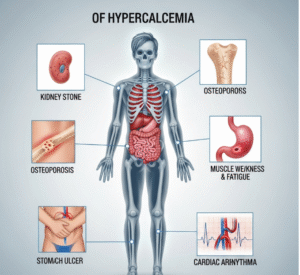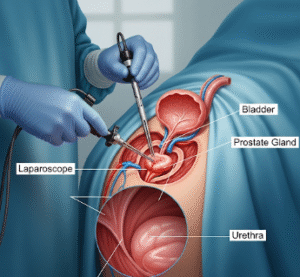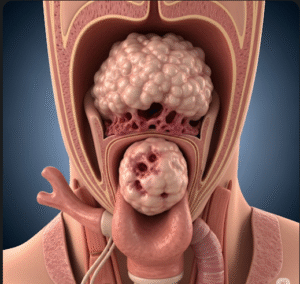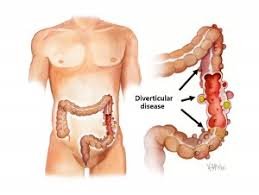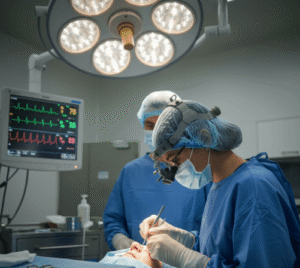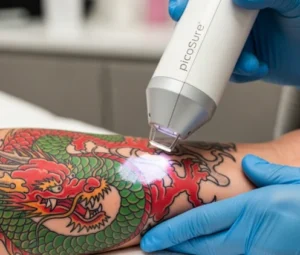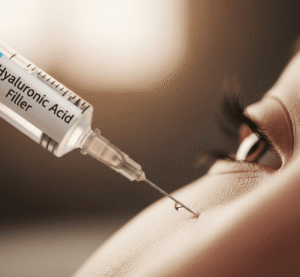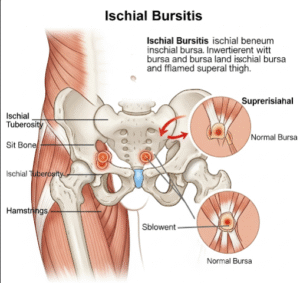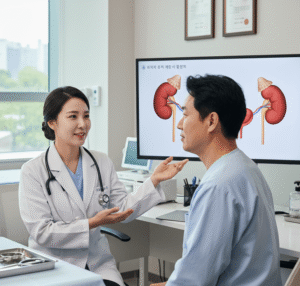Overview
Pulseless Electrical Activity (PEA) is a critical medical emergency where the heart shows organized electrical activity on an electrocardiogram (ECG) but fails to generate an effective pulse or blood flow. Despite electrical signals being present, the heart muscle does not contract effectively, leading to cardiac arrest.
This condition requires immediate recognition and intervention, as survival depends on rapid treatment of the underlying cause and advanced life support measures. In Korea, emergency medicine and cardiology departments in top hospitals are equipped with cutting-edge cardiac monitoring, resuscitation technologies, and advanced critical care, making them highly effective in managing patients with PEA.
➤ Electrical activity present but no pulse
➤ A form of cardiac arrest with high mortality
➤ Requires immediate CPR and cause-specific treatment
Key Facts
➤ PEA accounts for about 30–40% of all cardiac arrests seen in hospitals.
➤ It is not a shockable rhythm, meaning defibrillation is not the first-line treatment.
➤ The main management is CPR + addressing reversible causes.
➤ Survival rates are low, but early intervention improves outcomes.
➤ In Korea, advanced critical care units follow ACLS (Advanced Cardiac Life Support) guidelines with state-of-the-art monitoring and interventions.
What is Pulseless Electrical Activity?
Pulseless Electrical Activity (PEA) occurs when the heart’s electrical system functions but fails to produce a mechanical contraction strong enough to generate blood flow.
On an ECG, the rhythm may appear normal (sinus rhythm, atrial fibrillation, or other organized patterns), but no palpable pulse is present. This discrepancy makes PEA life-threatening and one of the most challenging forms of cardiac arrest to manage.
What Symptoms Are Related To
PEA itself is a state of cardiac arrest, but before collapse, patients may exhibit warning symptoms depending on the underlying cause:
➤ Severe chest pain or pressure (suggestive of heart attack).
➤ Shortness of breath or difficulty breathing.
➤ Severe hypotension (low blood pressure).
➤ Dizziness, fainting, or loss of consciousness.
➤ Sudden collapse with no pulse despite ECG activity.
During cardiac arrest with PEA:
➤ No pulse detected on carotid or femoral artery palpation.
➤ Unresponsiveness.
➤ No effective breathing or agonal gasps.
What Causes / Possible Causes
PEA is usually triggered by a reversible underlying condition. Doctors often use the mnemonic “Hs and Ts” to recall the causes:
➤ Hs (Hypo/Hyper Conditions)
➤ Hypovolemia (severe blood loss or dehydration).
➤ Hypoxia (low oxygen).
➤ Hydrogen ion (acidosis).
➤ Hyperkalemia / Hypokalemia (potassium imbalance).
➤ Hypothermia (low body temperature).
➤ Ts (Trauma/Obstructions)
➤ Tension pneumothorax (collapsed lung with pressure buildup).
➤ Tamponade (cardiac tamponade due to fluid around the heart).
➤ Toxins (drug overdose or poisoning).
➤ Thrombosis (coronary – heart attack).
➤ Thrombosis (pulmonary – massive pulmonary embolism).
When Should I See My Doctor
Since PEA represents sudden cardiac arrest, immediate emergency care is required.
Seek emergency help if you notice warning signs such as:
➤ Chest pain radiating to the arm, neck, or back.
➤ Severe shortness of breath.
➤ Fainting spells or dizziness with palpitations.
➤ Sudden collapse with no detectable pulse.
Call emergency services immediately if someone is unresponsive and pulseless, even if a heart rhythm is seen on monitors.
Care and Treatment
Management of PEA requires immediate resuscitation and treatment of reversible causes.
➤ Initial Emergency Care
➤ High-quality CPR (Cardiopulmonary Resuscitation) with minimal interruptions.
➤ Epinephrine administration every 3–5 minutes during resuscitation.
➤ Advanced airway management and oxygenation.
➤ Identify and Treat Underlying Cause (Hs and Ts)
➤ Intravenous fluids for hypovolemia.
➤ Oxygen or intubation for hypoxia.
➤ Sodium bicarbonate for severe acidosis.
➤ Electrolyte correction for potassium imbalances.
➤ Needle decompression for tension pneumothorax.
➤ Pericardiocentesis for cardiac tamponade.
➤ Antidotes for drug/toxin exposure.
➤ Thrombolysis or surgery for pulmonary embolism or coronary thrombosis.
➤ Post-Resuscitation Care
➤ Transfer to an ICU with advanced cardiac monitoring.
➤ Therapeutic hypothermia (targeted temperature management) may be applied.
➤ Continuous ECG and hemodynamic support.
➤ Evaluation for long-term treatment such as cardiac surgery, stenting, or management of chronic heart disease.
Treatment Options in Korea
Korea is internationally recognized for its advanced emergency and critical care systems. Patients with PEA are treated in specialized cardiac arrest centers with the latest technology and highly trained teams.
➤ Top Hospitals in Korea for PEA & Cardiac Arrest
➤ Asan Medical Center (Seoul): Renowned for cardiology and emergency care.
➤ Samsung Medical Center: Equipped with advanced cardiac catheterization and ECMO (extracorporeal membrane oxygenation).
➤ Seoul National University Hospital (SNUH): Multidisciplinary emergency and intensive care units.
➤ Advanced Interventions Available
➤ ECMO (Extracorporeal Membrane Oxygenation): Provides temporary heart-lung support when CPR is insufficient.
➤ Advanced Cardiac Life Support (ACLS): International guideline-based resuscitation protocols.
➤ Emergency Cardiac Catheterization: Immediate treatment for heart attack–related PEA.
➤ Thrombolysis & Pulmonary Embolism Surgery: Life-saving for clot-related cardiac arrests.
➤ Holistic & Long-Term Care
➤ Post-resuscitation rehabilitation programs.
➤ Cardiac rehabilitation, lifestyle modification, and psychological support.
➤ Integration of Western cardiology with Korean holistic care like stress management, acupuncture, and diet programs to support recovery.



